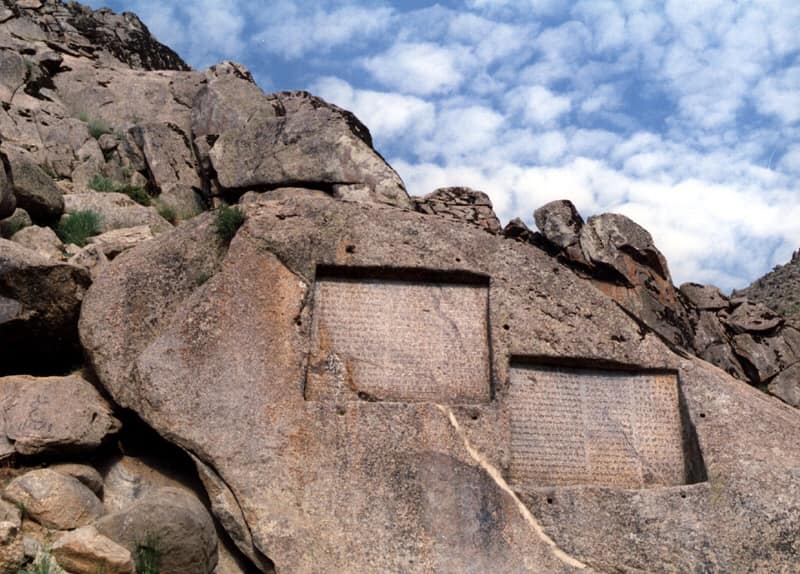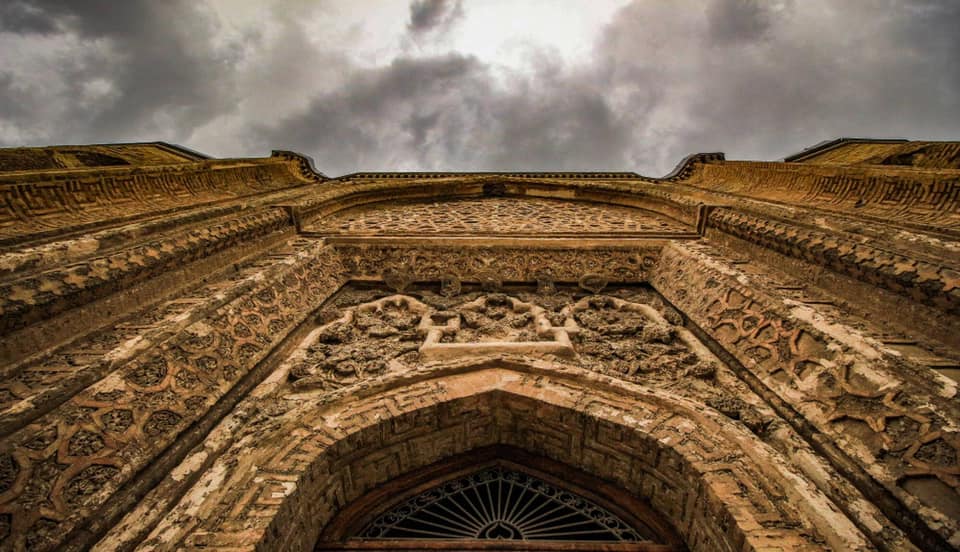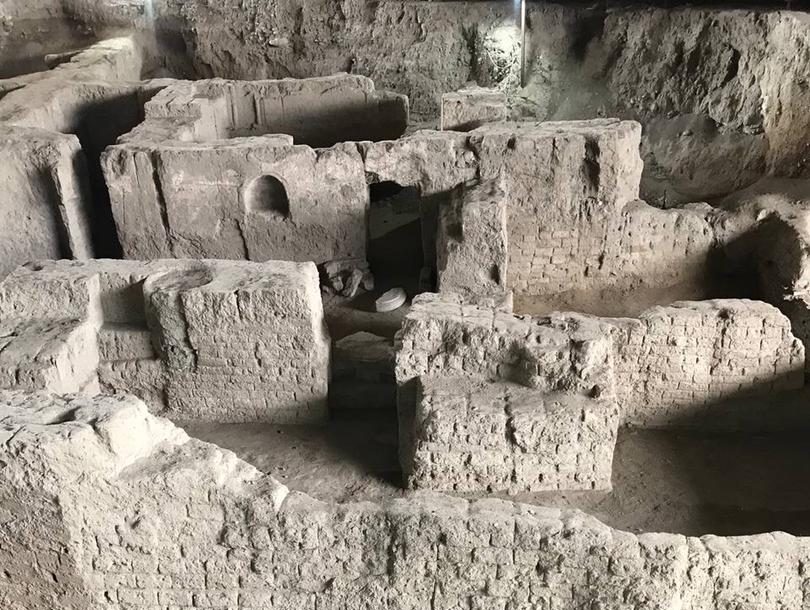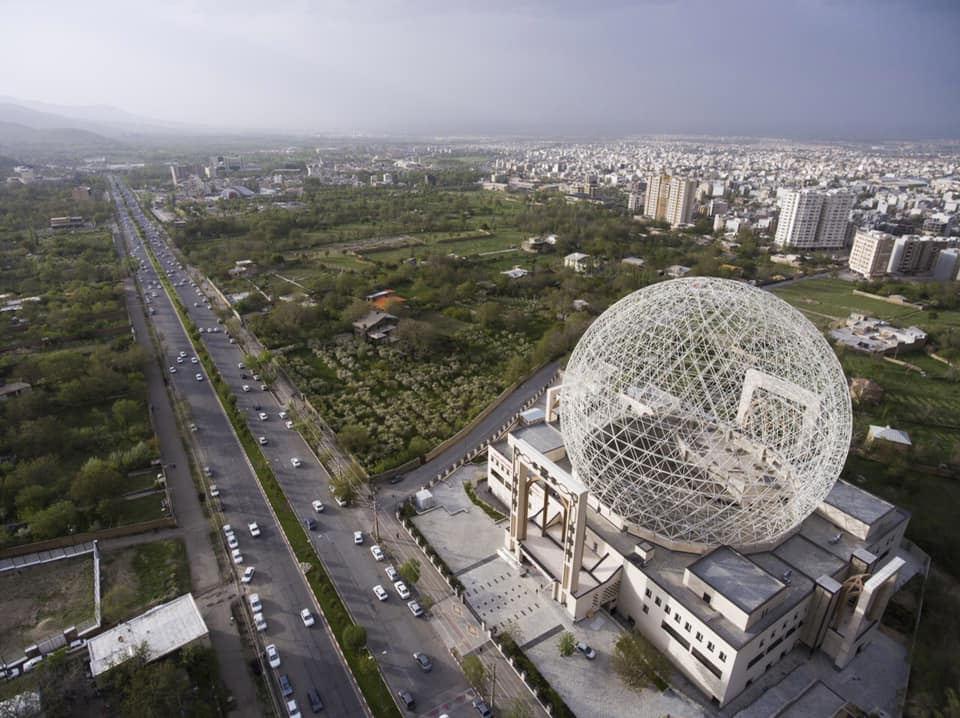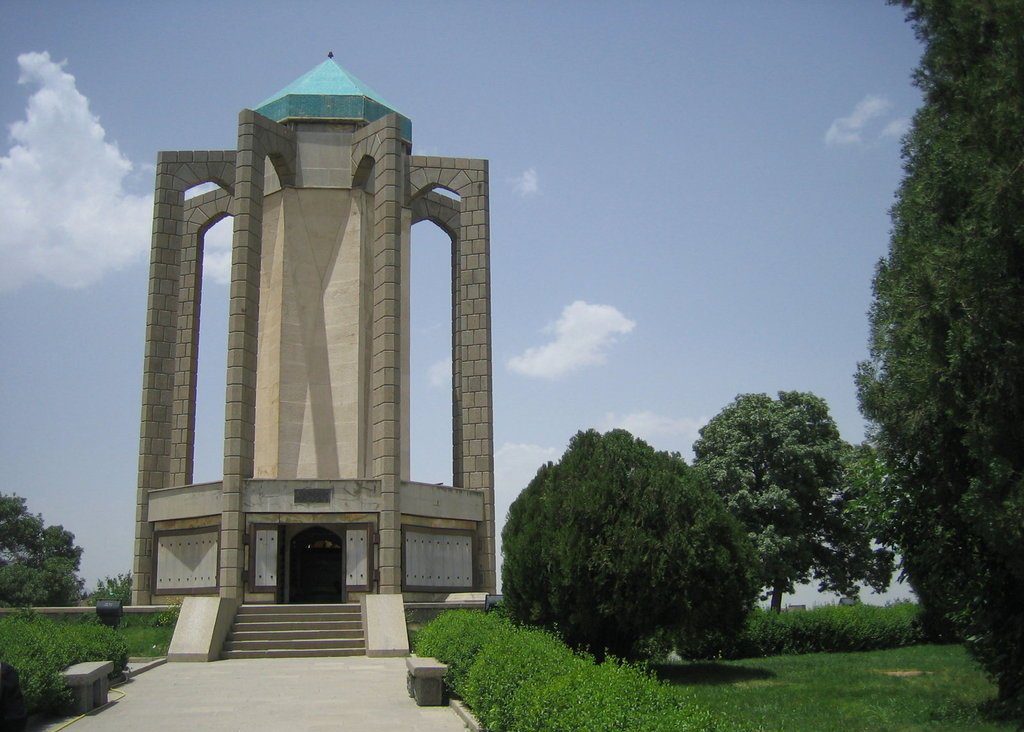HAMADAN TRAVEL GUIDE
Things to Do in Hamadan– Activities & Attractions
—————————Ο————————
Hamadan was the summer capital for the Achaemenid kings in the 5th century BC. The town is raised on a high plain which escapes the heat in summer but is mercilessly cold in winter, attracting snow and harsh winds. In classical times, Hamadan was known as ‘Ecbatana’ or ‘Hegmataneh’ and held a legendary reputation. In 728 BC, the Median King Deiokes claimed the city with a splendid palace and in the years that followed it, established itself as a crucial settlement under different leaders. Hamadan then finally collapsed after the Arab invasion at the end of the 7th century AD. Today, Hamadan is still an important city, having re-established itself under the planning of a German engineer in the 19th century. With its Grecian style, the stone lion was likely built in honour of one of Alexander’s slain generals.
Tughril Beg Aboutaleb (993 – 1063 A.D.) was establishing one of the greatest and most art-fostering dynasties of Iranian history of Islamic era that a child named Baba Tahir was born in the ancient land of Medes around 1000 A.D. who became one of the greatest mystics of Iranian history. Baba was the nickname that was given to the free followers, and Oryan (The Naked) was due to cutting off the worldly attitudes. He lived about 85 years and devoted his whole life to profession of dervish and humility which was the way of mystics, and he could eternalize his name by composing do-baytī (literally “two-couplet”) in the history of Iranian and Hamedan literature. Baba Tahir’s tomb is on the top of a hill in the north of Bactria of Hamedan. Over the course of centuries, this structure has witnessed numerous destruction and reconstruction. The age of the main Baba Tahir’s tomb reaches the Seljuq dynasty, and a brick octagonal tower was built in the 6th-SH century on the Baba Tahir burial site which was later destroyed by time. At the time of the first Pahlavi, the Hamedan municipality built a new structure instead of the old one which was mostly made of bricks. In the course of this rebuilding, the 7th-SH tile was obtained which is now held at the Museum of Ancient Iran. On this turquoise tile, Qur’anic verses are written in the stereoscopic Kufic calligraphy. The construction of a new structure was carried out in 1344 SH with the assistance of the Society for National Heritage of Iran and Hamedan municipality and by the engineer Mohsen Foroughi.
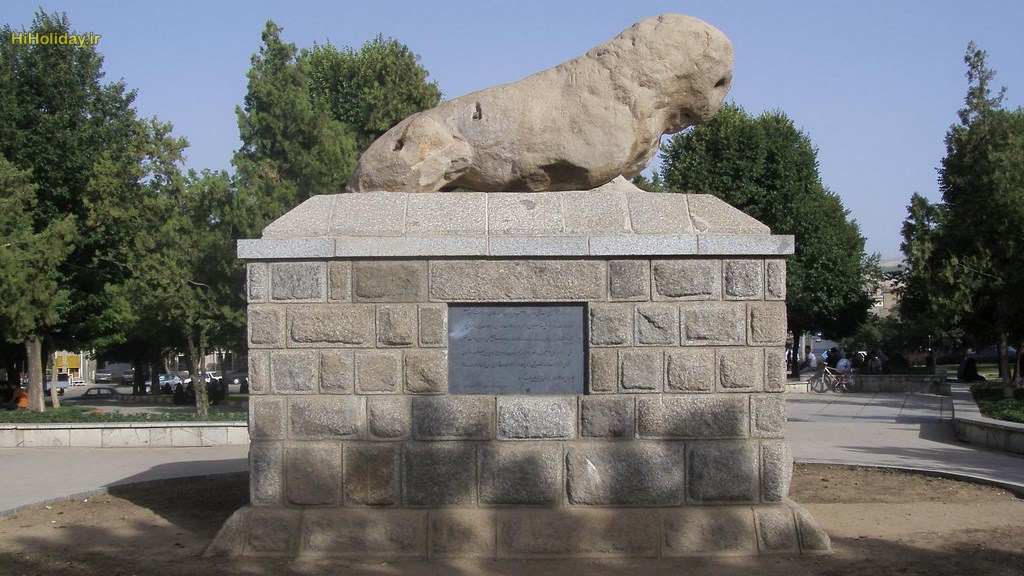 The Stone Lion, an intriguing lone statue, is thought to date to Alexander the Great’s invasion of Iran in the Hellenistic period. With its Grecian style, the stone lion is believed to have been built by Alexander in honour of his close companion and one of his top generals, Hephaestion.
The Stone Lion, an intriguing lone statue, is thought to date to Alexander the Great’s invasion of Iran in the Hellenistic period. With its Grecian style, the stone lion is believed to have been built by Alexander in honour of his close companion and one of his top generals, Hephaestion.
